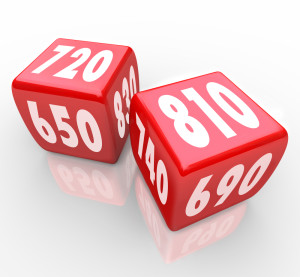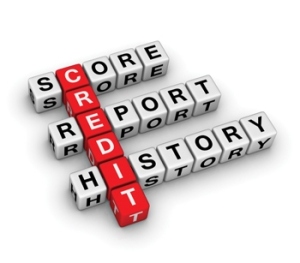 Technology has inspired a great many beneficial inventions and creations. Whether credit scoring is one of them is a debate for another day, but credit scoring is here and it isn’t going away any time soon. That being said, one of the little known 5 key criteria that leads many people to have lower credit scores than they could have is credit card utilization rate.
Technology has inspired a great many beneficial inventions and creations. Whether credit scoring is one of them is a debate for another day, but credit scoring is here and it isn’t going away any time soon. That being said, one of the little known 5 key criteria that leads many people to have lower credit scores than they could have is credit card utilization rate.
Where a credit score is like a bowling score in that the higher the score is the better, a credit card utilization rate is a lot like a golf score in that the lower your utilization rate is on an individual basis and on the aggregate the better.
1) Verify your credit card limits are correct
It is not uncommon for creditors to report incorrect credit limits to the credit bureaus. Sometimes this is intentional and sometimes it is an oversight. You should contact each of your creditors to verify your current credit limit and request that the creditor report the correct limit to each of the credit bureaus.
2) Raise your credit card limits
Contact your creditors and request an increase in your credit limit. Raising your credit limit with a creditor will lower your utilization rate with that particular creditor because the higher credit limit with the same account balance will result in a lower utilization rate. For example, a $3,000 balance with a $5,000 credit limit is a 60% utilization rate, while a $3,000 balance with a $10,000 credit limit is a 30% utilization rate. If a creditor grants the increase in your credit limit be sure to request that the creditor report the increased credit limit to the three credit bureaus.
This strategy is not without its potential for abuse. This strategy will backfire if the creditor grants the requested credit limit increase and you suddenly decide to go on a shopping spree run the balance up. I suggest anybody considering this solution proceed with caution.
3) Spread balances across multiple credit cards
It is not uncommon for people to have several credit accounts. It is also not uncommon for people to have one card they use more than the other(s). That can lead to a high individual utilization rate on one particular credit card versus the others. To lower your individual utilization rate you should attempt to spread your total credit card account balance across all of your credit cards so that no one credit card account balance is greater than 30% of its credit limit.
4) Find out the date each of your creditors report your account status to the credit bureaus
Generally speaking, most creditors report your account status to the credit bureaus on a monthly basis, however, not every creditor does. Your account status consists of your credit limit, account balance, monthly payment amount, payment history, etc… If you find out the date each month that each of your creditors reports your account status to the three credit bureaus you can make your monthly payments before that date so that your account status is as up-to-date as possible, which may result in a higher credit score.
5) Pay off your credit card balances each month
If you pay off your credit card balance(s) each month then it is quite likely that your credit card utilization rate isn’t adversely impacting your credit score. However, your credit score may be lower than it otherwise could be if you are paying your account balance(s) off after the date the creditor(s) reports your account status to the credit bureaus. In other words, if your creditor reports your account status to the credit bureaus on the 14th of every month and you pay your account balance in full every month on the 18th, your credit card utilization rate will be based on your account balance and credit limit on the 14th of the month, regardless of the fact that you paid the account in full just 4 days later.
 The credit scoring models used by each of the three credit bureaus (Experian (XPN), TransUnion (TU), and Equifax (EFX)) don’t like high utilization rates because they tend to indicate a higher chance of a borrower not being able to repay his or her debts.
The credit scoring models used by each of the three credit bureaus (Experian (XPN), TransUnion (TU), and Equifax (EFX)) don’t like high utilization rates because they tend to indicate a higher chance of a borrower not being able to repay his or her debts.
Credit card utilization rate accounts for 30% of your overall credit score and monitoring and managing your individual and aggregate credit card utilization rates will allow you to control the impact this key criteria has on your credit score.
Hopefully these simple strategies will help you lower your credit card utilization rate and improve your credit score. For more information on credit and credit scoring download our FREE report entitled “Credit Scoring and Wealth – The Game of Credit.”
Leave a Comment